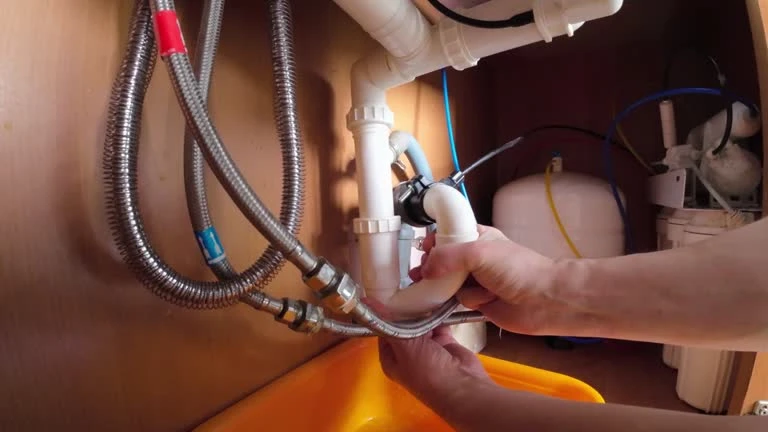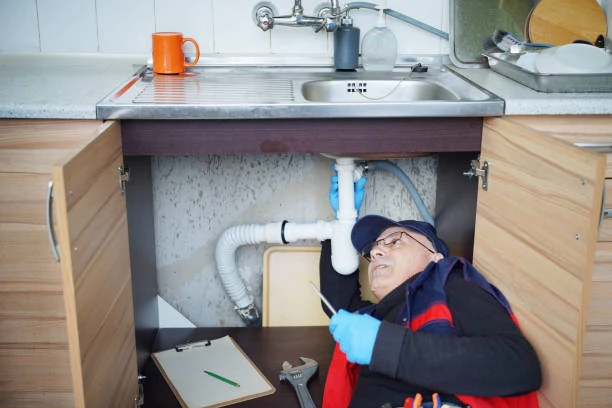Introduction to Emergency Shutdown Ball Valves
Emergency shutdown ball valves are critical components in safety systems. These valves automatically shut off fluid or gas flow in emergencies. They help prevent hazardous situations in various industries such as oil and gas, chemicals, and power generation. A brass ball valve with lock is commonly used for emergency shutdown applications due to its robust design. This valve ensures quick and reliable closure during emergencies. The primary function of these valves is to enhance safety by stopping potentially dangerous leaks or flow under pressure.
Importance of Emergency Shutdown Systems
Emergency shutdown systems (ESDs) play a vital role in protecting people, equipment, and the environment. These systems activate when abnormal conditions arise, such as pressure surges or leakage. The ability to stop flow quickly prevents accidents, explosions, or fire hazards. A brass ball valve with lock provides secure shutoff capabilities. Its locking mechanism ensures the valve stays in place during an emergency, preventing unauthorized operation. These safety measures help mitigate risks associated with hazardous materials, protecting both workers and surrounding communities.
Function and Design of Emergency Shutdown Ball Valves
The design of emergency shutdown ball valves allows for quick and efficient flow isolation. The valve’s mechanism is simple yet effective. A quarter-turn motion, commonly used in ball valves, enables rapid opening and closing. The locking mechanism on a brass ball valve with lock provides added security, ensuring that the valve cannot be accidentally or intentionally tampered with during critical moments. These valves are designed to operate under extreme conditions, maintaining tight seals even during high pressure or hazardous fluid flow. The quick-action feature ensures that the system shuts off as soon as the emergency situation arises.
Applications in the Oil and Gas Industry
In the oil and gas industry, safety is a top priority. Emergency shutdown ball valves are widely used to protect pipelines, refineries, and storage facilities. In the event of a leak, fire, or explosion risk, these valves quickly stop the flow of oil or gas. A brass ball valve with lock is often installed in critical locations due to its durability and secure operation. For example, in offshore oil rigs, these valves are used to isolate sections of pipelines or tanks. By halting the flow immediately, these valves help prevent catastrophic accidents that could lead to environmental damage and loss of life.
Role in Chemical and Petrochemical Industries
In chemical and petrochemical industries, hazardous materials are often handled under high pressure and temperature. Emergency shutdown ball valves are used to isolate reactors, pipelines, and storage vessels. A brass ball valve with lock is ideal for these applications because of its ability to withstand corrosive substances and high temperatures. For instance, in a chemical plant, if an unexpected chemical reaction occurs, the valve can quickly isolate the affected section of the system. This prevents the release of toxic gases or chemicals, ensuring the safety of workers and preventing damage to equipment.
Features That Enhance Safety Performance
The safety performance of emergency shutdown ball valves is enhanced by several key features. The quick action of ball valves enables them to respond promptly to an emergency. The brass ball valve with lock also incorporates a safety locking mechanism that prevents accidental valve operation. Additionally, the valve’s tight seal ensures there is no leakage, even under extreme pressure. Many emergency shutdown ball valves also come with manual override options, allowing operators to intervene if needed. These features ensure that the system remains secure and that the valves perform reliably in high-risk situations.
Maintenance and Testing of Emergency Shutdown Valves
Regular maintenance and testing of emergency shutdown valves are crucial for ensuring their reliability. Over time, wear and tear can affect the valve’s performance, reducing its ability to seal tightly during an emergency. For a brass ball valve with lock, the locking mechanism must also be checked for proper functionality. Operators should inspect for any signs of corrosion, leaks, or damage. Additionally, testing the valve’s response to simulated emergency conditions ensures that the valve operates as expected. Proper maintenance practices, including lubrication and part replacement, help extend the lifespan of the valve and ensure that it remains ready for use in an emergency.
Cost Considerations and Benefits of Emergency Shutdown Valves
While emergency shutdown ball valves may involve a higher initial investment, they offer substantial long-term benefits. In critical industries such as oil and gas or chemicals, the cost of not having a reliable shutdown valve can be far greater than the cost of installation. The brass ball valve with lock is a cost-effective option due to its durability and low maintenance requirements. These valves help prevent costly accidents, reduce insurance premiums, and ensure compliance with safety regulations. The peace of mind that comes from knowing that the system is protected against catastrophic failure is invaluable.
Conclusion: Ensuring Safety with Emergency Shutdown Ball Valves
Emergency shutdown ball valves are integral to maintaining safety in high-risk environments. Their quick action and secure sealing capabilities are crucial for protecting both people and equipment. The brass ball valve with lock is particularly effective due to its durability, ease of operation, and added security features. By ensuring proper installation, maintenance, and testing, these valves provide reliable performance when it matters most. Emergency shutdown ball valves play an essential role in safeguarding operations and minimizing the impact of emergency situations, making them a vital investment in any industrial system.
IFAN Products international standards
IFAN products strictly adhere to a comprehensive range of international standards, encompassing ISO 15874, EN 15874, ASTM F2389, DIN 8077/8078, GB/T 18742, NBR 15884, ISO 15494, EN ISO 15494, GB/T 19472, NBR 15494, ASTM 2846 (501), DIN 8079/8080 (502), ASTM F441/F441M SCH80 (503), DIN (504), DIN (505), GB/T 18993, AS/NZS 1477, CSA B137.6, NSF/ANSI 14, TIS 17-2532/1131-2535, BS 3505, BS 4346 (801), ASTM D1785 SCH40 (802), ASTM D1785 SCH80 (803), DIN (804), GB (805), GB (806), GB(901), DWV(902), ASTM D2665 (903), along with ASTM D2241, D2665, D2729, and F441/F441M series, ISO 1452, EN ISO 1452, DIN 8061/8062, GB/T 10002, AS/NZS 1477, JIS K6741, CSA B137.3, and other national and industry norms.
Connect
IFAN is a Chinese manufacturer of plastic pipes, fittings and valves with 30 years of experience. If you are interest in IFAN copper fittings, copper valves, plastic pipes and fittings, please contact us. IFAN offers you a variety of standard pipes to meet your specific needs. Click below to learn more about IFAN’s wide range of affordable and cost-effective valve products and piping system related products.
We will reply your email or fax within 24 hours.
You can call us at any time if there is any question on our production.
For more information,pls visit our webside https://waterpipefitting.com/
Pls Mailto: [email protected]
Whatsapp: +86 15088288323














Recent Comments